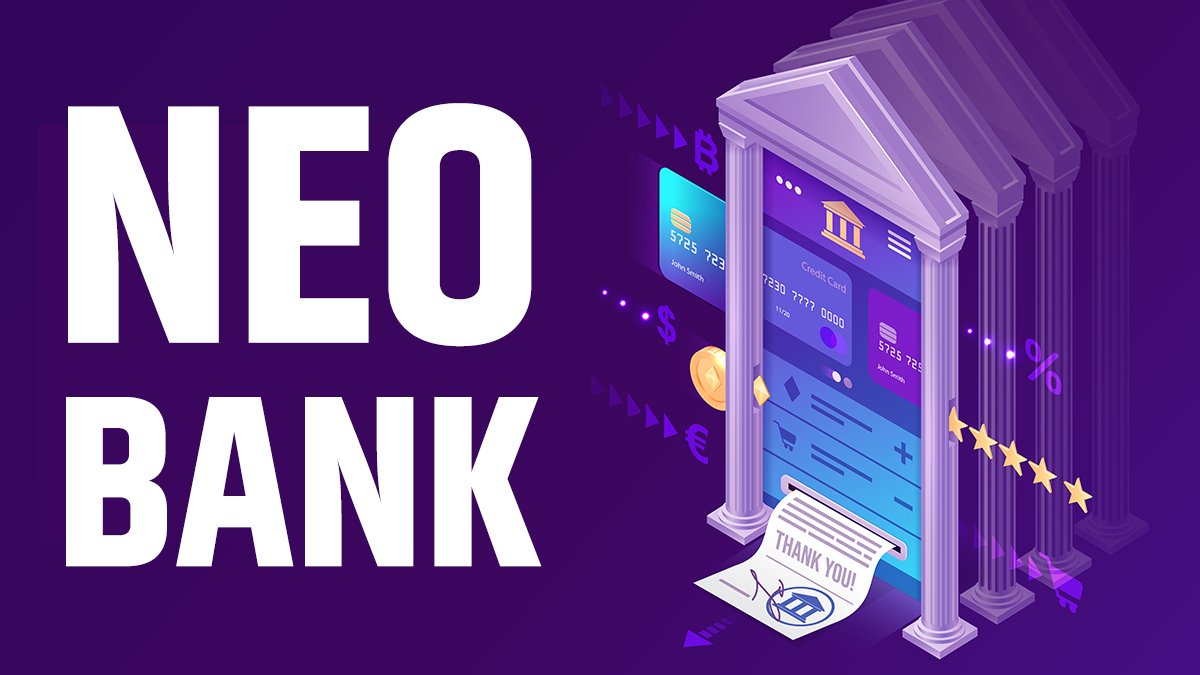The financial services sector is undergoing a fundamental transformation, led by the meteoric rise of neo-banking. With market projections indicating a surge from $98.41 billion in 2023 to nearly $3.4 trillion by 2033, the industry is set to expand at an impressive compound annual growth rate (CAGR) of 49%. This exponential growth reflects not only shifting consumer preferences but also the increasing alignment between financial innovation and regulatory modernization.
This article dissects the key dynamics, segmentation patterns, regional trends, and strategic considerations shaping the global neo-banking landscape—critical knowledge for financial analysts tracking this disruptive sector.
Market Dynamics: Underlying Drivers of Growth
1. Technological Advancements
Neo-banks have built their operations on the foundation of advanced technologies. Artificial intelligence (AI) and machine learning (ML) are being deployed to personalize user experiences, detect fraud in real-time, and automate back-office operations. These capabilities not only reduce costs but also improve accuracy and responsiveness—key differentiators in a competitive market.
Additionally, cloud-native infrastructures allow for rapid scalability and agile product development. These systems enable frequent updates, A/B testing, and integration of new features without the burdens typically associated with legacy banking systems.
2. Regulatory Evolution and Open Banking
Regulatory bodies in many regions have embraced the open banking paradigm, which encourages data sharing between financial institutions through secure APIs. This fosters a more competitive and transparent banking environment while spurring innovation in financial product development.
For instance, PSD2 in Europe and similar frameworks in Asia-Pacific have laid the groundwork for third-party providers to offer tailored services using customer-permissioned data—creating new revenue streams and driving value for both consumers and providers.
3. Changing Consumer Behavior
The demographic shift toward digital-native consumers, especially millennials and Gen Z, has redefined what users expect from financial institutions. Convenience, speed, personalization, and low fees are no longer nice-to-haves—they are baseline expectations. Neo-banks meet these demands by delivering intuitive, mobile-first platforms that make banking feel as seamless as using any other digital app.
Segmentation Analysis: Understanding the Market Composition
– Account Types
Personal banking dominates the neo-banking space. These accounts offer personalized services that resonate with individuals seeking flexibility, intuitive interfaces, and real-time insights. The ease of onboarding and use has made neo-banks particularly popular among the underbanked and younger populations.
– Service Offerings
Neo-banks have expanded their services well beyond basic deposits and withdrawals. Key offerings now include:
- Digital wallets for seamless transactions
- Automated investment tools for retail investors
- Lending solutions such as micro-loans or buy-now-pay-later (BNPL) features
- Insurance products and financial advisory services
This holistic approach positions neo-banks not just as alternatives to traditional banks, but as full-spectrum financial platforms.
– End-User Distribution
While the majority of neo-banking users are individual consumers, there is a growing enterprise segment. Small and medium enterprises (SMEs), freelancers, and startups increasingly rely on digital-first banking platforms for their lower fees, faster service, and customized business tools.
Regional Performance: Global Outlook
– Europe: A Mature Market
Europe leads the global neo-banking market due to its early regulatory support, thriving fintech culture, and consumer openness to digital financial services. Countries such as the UK, Germany, and the Netherlands host several successful digital-only banks and continue to attract significant investment.
– Asia-Pacific: A Rapidly Growing Region
In the Asia-Pacific region, neo-banking is expanding at a record pace. Governments in countries like India, Singapore, and Indonesia have promoted financial inclusion through digital initiatives. Rising smartphone penetration and a large unbanked population offer fertile ground for digital banks to scale.
Other markets such as Latin America and the Middle East are also emerging, albeit with varied regulatory and infrastructural readiness.
Strategic Considerations for Market Players
– Brand Development and Trust Building
Despite their advantages, neo-banks must overcome consumer trust barriers. Without physical branches or decades of legacy, building a credible brand identity is paramount. Transparency, data security, and responsive customer service are crucial in earning user confidence.
– Compliance Management
As digital banks operate across borders, compliance becomes increasingly complex. Institutions must invest in robust regulatory technology (regtech) solutions to ensure real-time adherence to KYC, AML, and data protection standards. Compliance isn’t just about avoiding penalties—it’s a trust signal for both users and investors.
– Strategic Partnerships
Neo-banks often collaborate with fintech service providers, traditional banks, or tech platforms to enhance their offerings. These BaaS (Banking-as-a-Service) and white-label models enable faster go-to-market strategies and service diversification. However, these partnerships require careful alignment to maintain quality control and user experience consistency.
Recent Market Developments
The past year has seen several innovations and strategic moves in the neo-banking sector:
- Introduction of high-yield savings accounts, often exceeding rates offered by traditional banks, to attract depositors.
- Integrated investment tools, including fractional share trading and robo-advisory features.
- Cross-border partnerships to enable low-cost, instant international transfers—especially critical for migrant workers and global freelancers.
These developments indicate that neo-banks are not just catching up to traditional financial institutions—they are actively redefining what modern banking looks like.
Conclusion: Opportunities and Outlook
The neo-banking market presents a high-growth opportunity for financial institutions, investors, and service providers. However, seizing this opportunity requires strategic foresight, technological investment, and agility in navigating regulatory landscapes.
For financial analysts, the key lies in identifying which players can not only scale quickly but also build sustainable, compliant, and user-centric models. Those that succeed will help shape the future of global finance—where agility, innovation, and digital-first thinking are the new currency of success.

